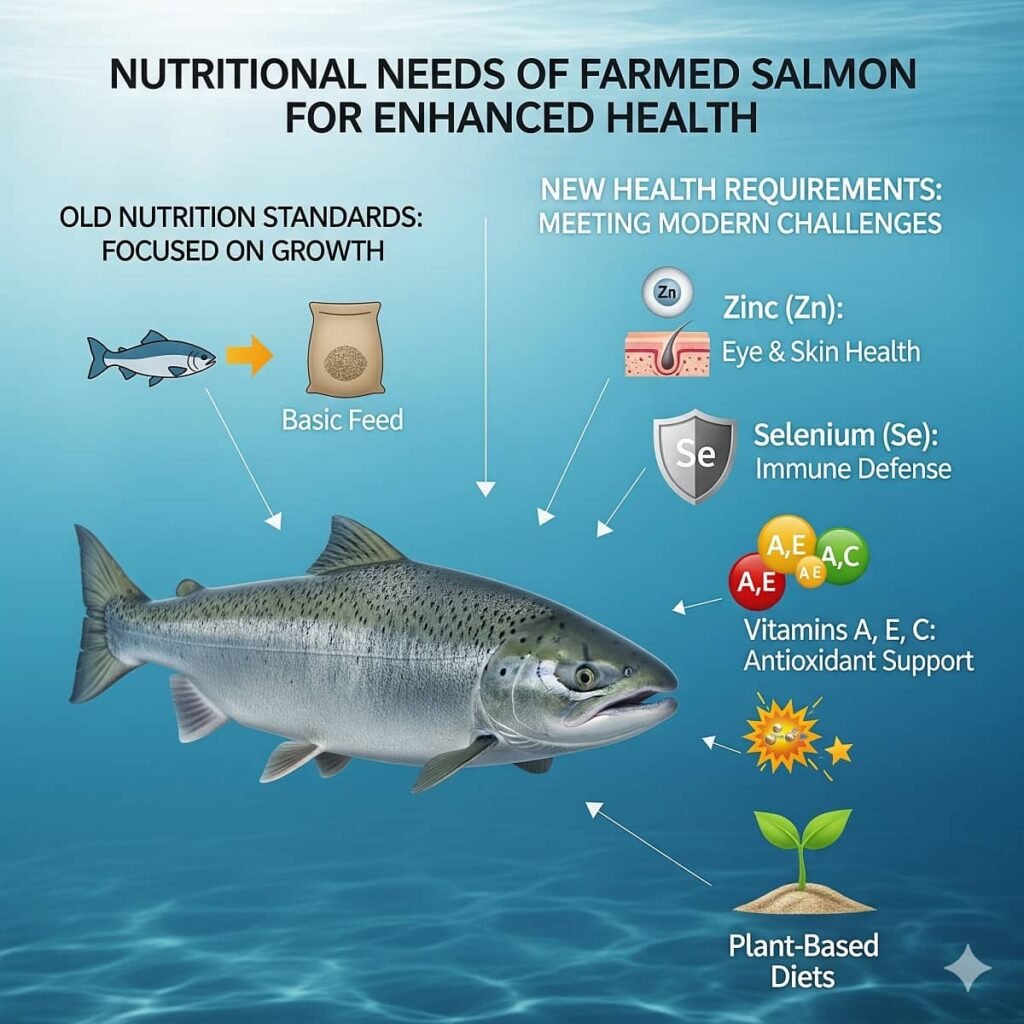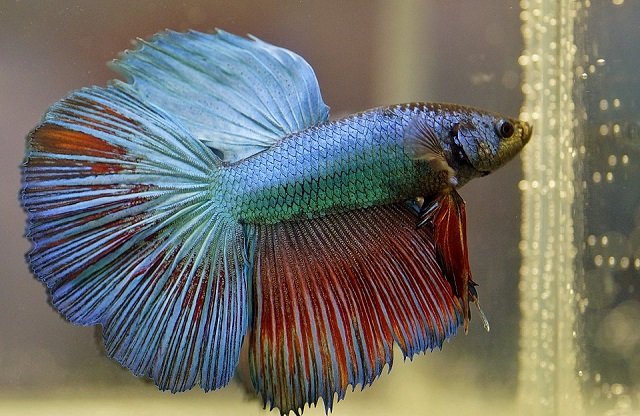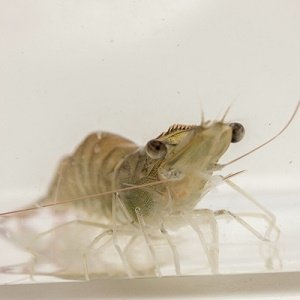
Atlantic salmon farming is a global industry facing constant challenges that affect the health and welfare of the fish. Mortality at sea remains a primary concern, with causes ranging from infectious diseases to handling stress. In this complex scenario, nutrition emerges as a fundamental pillar for strengthening the immune response and overall well-being of salmon.
Traditionally, nutrient requirements have focused on ensuring maintenance, growth, and reproduction. However, a new review study suggests this approach is incomplete. Researchers propose the need to consider a fourth pillar: the requirement for health and welfare. This concept is crucial, as conditions in commercial farming are far from the optimal conditions of a laboratory, thereby increasing the fish’s nutritional needs to remain healthy and productive.
The scientific review, published by researchers from the Norwegian Institute of Food, Fisheries and Aquaculture Research (Nofima), the Norwegian University of Life Sciences (NMBU), and the Institute of Marine Research (IMR), re-examines the vitamin and trace mineral needs of Atlantic salmon, highlighting why current recommendations may be falling short.
Key conclusions
- Classical nutritional requirements (maintenance, growth, reproduction) are insufficient; a “requirement for health and welfare” must be considered.
- Modern diets, with a high inclusion of plant-based ingredients, affect the availability of key micronutrients such as zinc and selenium.
- Significant knowledge gaps exist regarding vitamin requirements, especially for vitamin A and many B-complex vitamins.
- The maximum supplementation limits for some minerals, like zinc and selenium, may be too low to ensure optimal salmon health under commercial farming conditions.
Why should we re-evaluate salmon nutrition?
Salmon diets have changed dramatically. The high inclusion of plant-based ingredients has not only altered the macronutrient profile but has also impacted the supply and utilization of essential micronutrients. Ingredients like soy can contain anti-nutritional factors (e.g., phytic acid) that reduce mineral availability—a problem not considered in older studies based on fishmeal.
Furthermore, production systems have evolved. Farming in recirculating aquaculture systems (RAS) or in submersible pens can impose additional stress on the salmon’s physiology, increasing its demand for essential nutrients to cope with these new challenges.
Vitamins: Knowledge gaps and new needs
Vitamins are essential biochemical catalysts, yet the scientific review makes it clear that our knowledge of their exact requirements in salmon is limited.
Vitamin A: An unknown requirement
Surprisingly, there is no established minimum requirement for vitamin A in Atlantic salmon. This vitamin is fundamental for processes such as cell differentiation, vision, and immune response. Both its deficiency and excess can be detrimental, causing issues from reduced growth to skeletal deformities. Analyses of commercial feeds show enormous variability in vitamin A levels, reflecting a lack of clear consensus and the urgent need to establish an optimal requirement for health.
Vitamins E and C: The antioxidant shield
Vitamin E is a potent antioxidant that protects cell membranes from oxidative damage. Its requirement increases with the levels of lipids and polyunsaturated fatty acids (PUFAs) in the diet. Studies indicate that the vitamin E requirement for salmon in the parr and post-smolt stages may be as high as 150 mg/kg.
Stay Always Informed
Join our communities to instantly receive the most important news, reports, and analysis from the aquaculture industry.
Vitamin C is not only an antioxidant but also interacts with vitamin E, helping to regenerate it. Although the minimum requirement to prevent deficiency is low (10-20 mg/kg), levels needed to optimize health under stressful conditions, such as rapid growth in spring, could be much higher, reaching up to 400 mg/kg.
Trace minerals: A delicate balance between need and regulation
Minerals, though required in small amounts, are vital. The shift to plant-based diets has made the supplementation of minerals like zinc and selenium more critical than ever.
Zinc (Zn): Essential for barriers and ocular health
Zinc is crucial for the function of epithelial barriers (skin and gills), bone formation, and the immune response. The review highlights that the need for zinc is greater in seawater than in freshwater due to lower availability.
A finding of significant practical relevance is the relationship between zinc and cataract prevention, especially during smoltification and transfer to the sea. Studies show that dietary zinc levels around 180-200 mg/kg are necessary to reduce the incidence and severity of cataracts. However, the maximum total zinc level permitted by EU legislation is 180 mg/kg, suggesting the optimal level for health may be right at the legal limit, or even above it.
Selenium (Se): Protector against oxidative stress
Selenium is a key component of selenoproteins, which perform vital antioxidant functions. As with zinc, plant-based diets have low selenium content, making supplementation necessary. Research shows that to maintain bodily homeostasis and improve health status in diets with low fishmeal content, salmon require between 0.65 and 0.95 mg/kg of selenium.
This level exceeds the legal total limit of 0.5 mg/kg permitted by EU legislation in feeds. This restriction, based on consumer safety, poses a dilemma, as it could be limiting the fish’s ability to cope with oxidative stress from handling, diseases, or environmental challenges. The study’s authors suggest that stage-specific regulations should be considered, allowing higher levels in phases not intended for direct consumption, such as the fry or smolt stages.
Conclusion: A call to action for the industry
The evidence presented in this scientific review is clear: it is time to re-evaluate how we define and manage micronutrient nutrition in Atlantic salmon. A focus solely on growth is insufficient to address the health and welfare challenges of modern salmon farming.
It is imperative to generate more specific data for Atlantic salmon at its different life stages and under real production conditions. This will not only allow for the optimization of diets to improve robustness and disease resistance but also for the revision and adaptation of regulations to align with the biological needs of the fish, without compromising environmental sustainability or consumer safety. The health of the salmon of the future may depend on paying closer attention to these small, yet powerful, nutrients.
Contact
Antony J. P. Philip
Nutrition and Feed Technology Department, Norwegian Institute of Food, Fisheries and Aquaculture Research (Nofima)
Bergen, Norway
Email: antony.philip@nofima.no
Reference (open access)
P. Philip, A. J., Kortner, T. M., Wischhusen, P., Hamre, K., Krogdahl, Å., Skjærven, K. H., Løkka, G., Berge, G. M., Espe, M., & Sissener, N. H. (2025). Revisiting Vitamin and Trace Mineral Nutrition in Atlantic Salmon Farming With Emphasis on Fish Health. Reviews in Aquaculture, 17(4), e70087. https://doi.org/10.1111/raq.70087
Editor at the digital magazine AquaHoy. He holds a degree in Aquaculture Biology from the National University of Santa (UNS) and a Master’s degree in Science and Innovation Management from the Polytechnic University of Valencia, with postgraduate diplomas in Business Innovation and Innovation Management. He possesses extensive experience in the aquaculture and fisheries sector, having led the Fisheries Innovation Unit of the National Program for Innovation in Fisheries and Aquaculture (PNIPA). He has served as a senior consultant in technology watch, an innovation project formulator and advisor, and a lecturer at UNS. He is a member of the Peruvian College of Biologists and was recognized by the World Aquaculture Society (WAS) in 2016 for his contribution to aquaculture.




